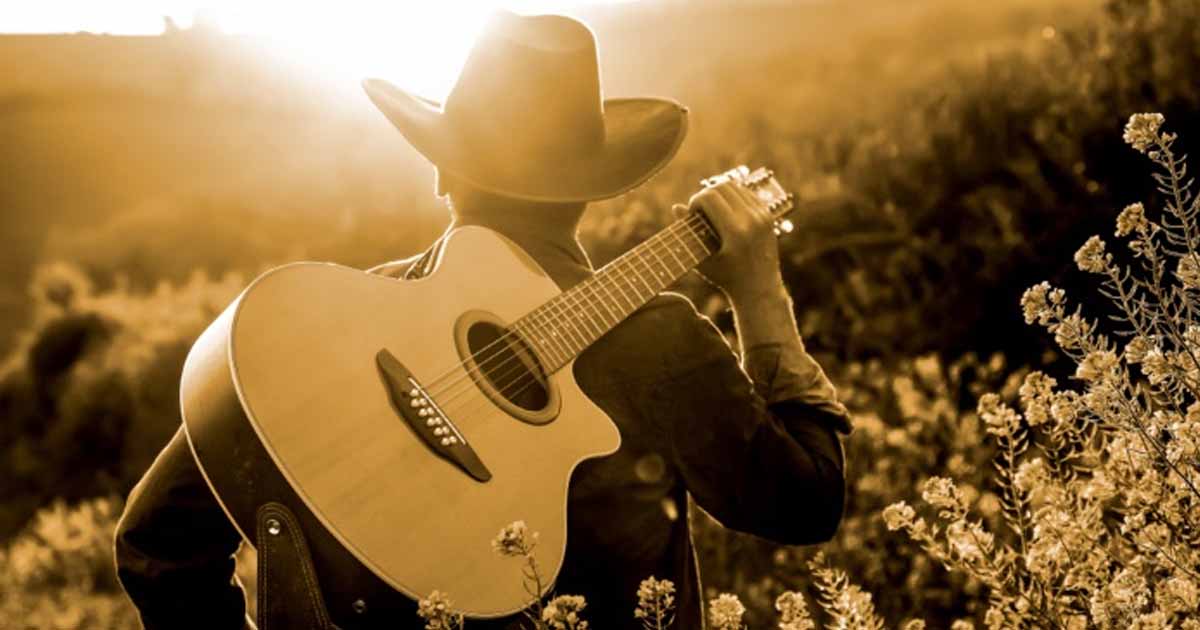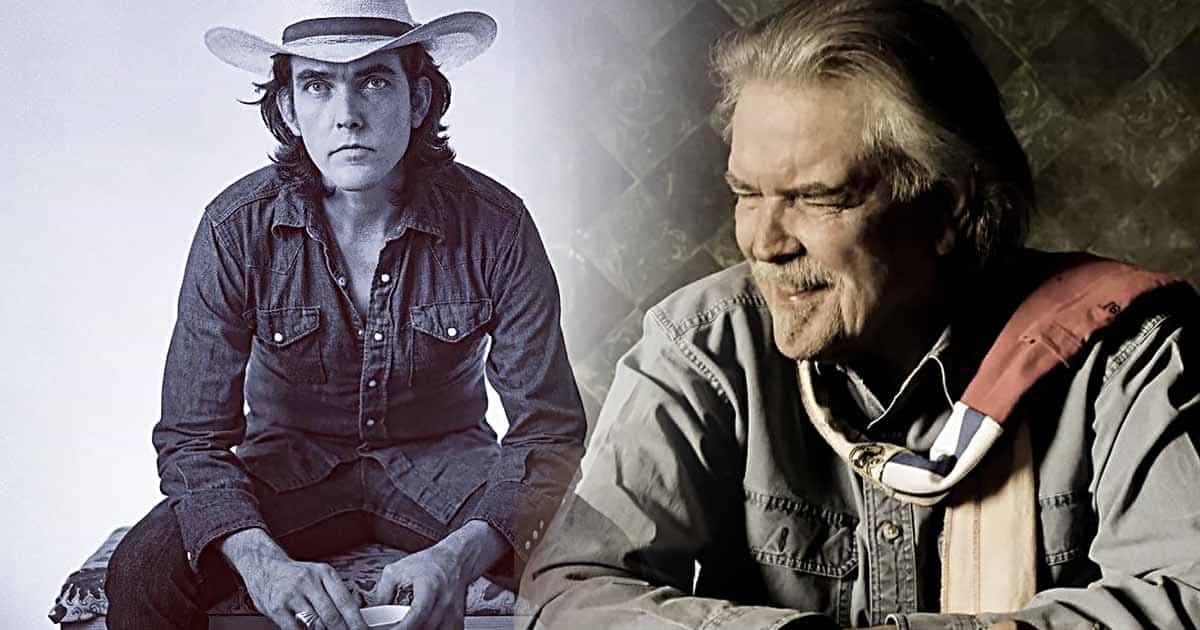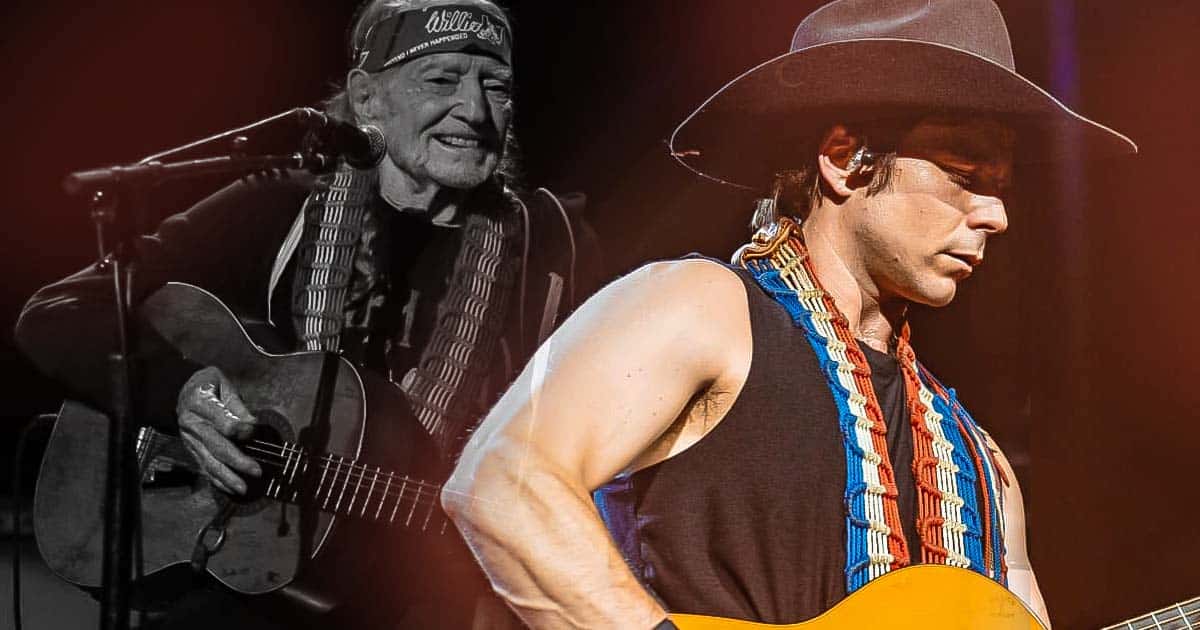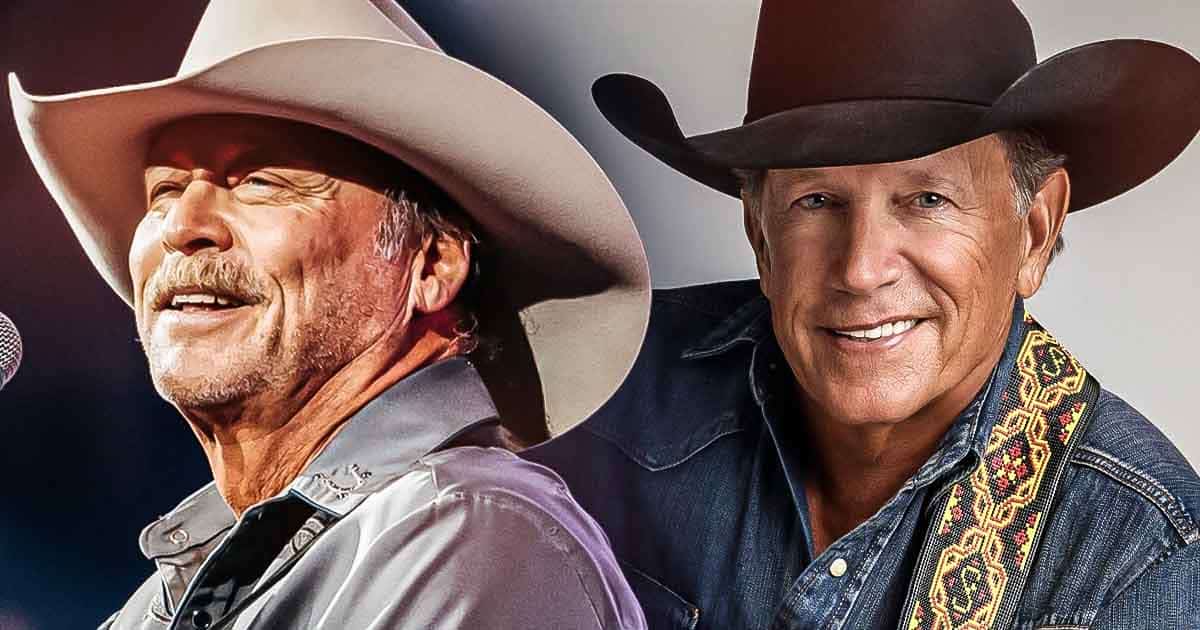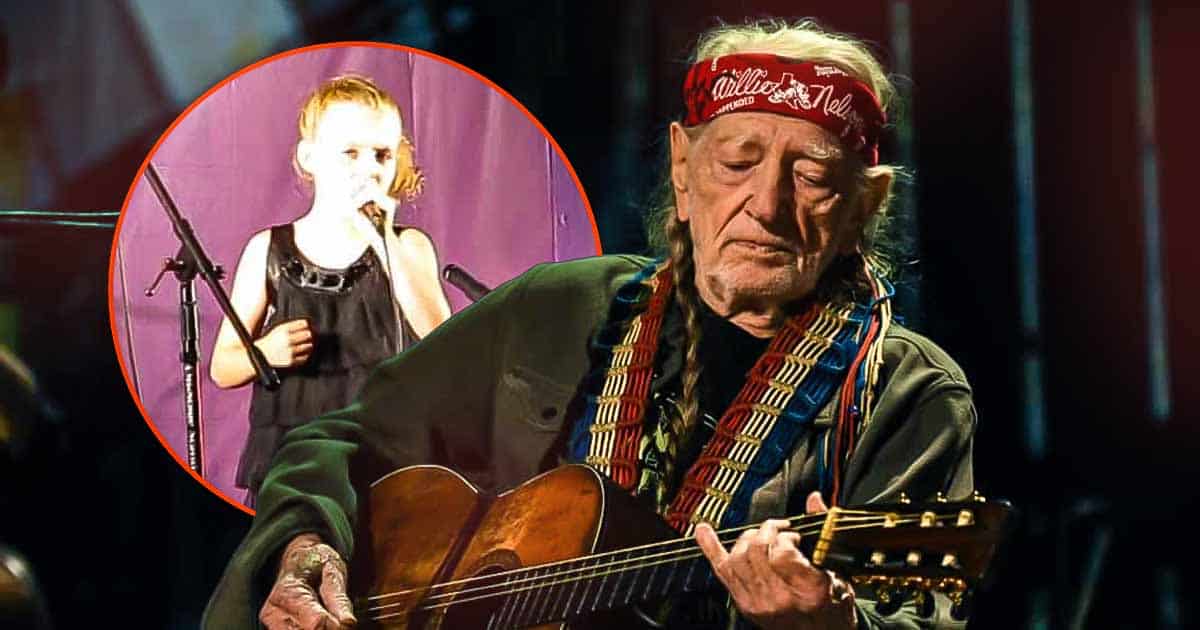Country music is one of the most bending genres in music. It has the capability to adapt to whatever is current at the moment. We can listen to country rap, bro-country, pop-country, and so on. However, what do we often notice in country music? There’s a lot of issues surrounding it, the first and most current one is that country music is a male-dominated genre. That’s why a lot of country artists are expressing their thoughts about this concern. Another issue in country music is that it has been dominated by white, and why is this the case? Why is it that there are more white country artists who dominate the country chart, and why is it difficult for people of another race nowadays to secure a spot on the Billboard country chart.

An Issue of Color in Country Billboard
One recent event that came into question was when Lil Nas X‘s “Old Town Road” was taken down by Billboard for not being country enough. The song went viral, and a lot of people classify the song as a country or a genre-bending single, often ‘country trap.’ “Old Town Road” included some elements of country music such as the sound of the banjo, a clear story about country life, and some country references. This are exactly what country music of today is made of.

When you listen to today’s country music such as “Meant to Be” by Florida Georgia Line, “Accidental Racist” by Brad Paisley, or country songs from Maren Morris, Billboard classify it country music. However, why is Lil Nas X’s song not country enough? What does it take for a song to be noted as Country?
According to the country singer and songwriter, Harlan Howard, a country song must only need two things: “three chords and the truth.” Of course, that’s not Billboard’s basis of what can be called a country song. Therefore, what is Billboard looking for if “Old Town Road” is just the same as current country songs on the chart?
A representative from Billboard told Rolling Stone how they classify a song under a chart or genre.
“Determining which chart a song lives on is an ongoing process that depends on a number of factors, most notably the song’s musical composition, but also how the song is marketed and promoted, the musical history of the artist, airplay the song receives, and how the song is platformed on streaming services.”
Billboard received a lot of backlash and people began to say that one factor that contributed to the removal of Lil Nas’ song on the country chart was him being black. People jumped to the conclusion that the people behind the chart took down Lil Nas’ song because his rise to fame was quick, but he is black. Even though he collaborated with a country artist, it was not enough.
What people are saying may be true, but it could also be untrue. When comparing it to other country artists most are predominantly white, and even though some of them whose songs aren’t exactly country, Billboard still classify them as Country. Yes, there are some African-American country artists who topped the charts such as Charley Pride, Darius Rucker, and more, but their numbers are so limited we can easily count them.
Going Back to Country Music’s Roots
It seems that being an African-American and a country singer is quite a challenge. Country music has been seen as a white man’s genre, but the truth is country music wouldn’t be born without the help of our brothers of color. When the history of country music is taken to account, it first came to life during the era of African-American slaves. According to the book of Pamela Foster, My Country: The African Diaspora’s Country Music Heritage:
“In the antebellum South, banjos, fiddles, and harmonicas were the dominant instruments played in black culture. Unfortunately, history has distorted these facts to make people believe jazz, blues and spirituals were the staples of black culture at that time when, in fact, it was country.”
Playing the fiddle and the banjo are often pastime activities of slaves, and it is certain that we can’t omit them in country music’s history. However, like other history, people cover things up, and since people don’t want the recognition to go to the blacks, the history of country music has been altered. What comes out to be the history of country music is different from the truth. That’s why most people associate country music to white people.

The contribution of the blacks to country music will somehow, for others, remain in the dark. As long as people don’t give recognition to their contribution, it would be difficult for people of other race to make it to the country music industry.
But who can we blame for this outcasting of the African-American’s contribution? Charles Hughes, a music scholar, said that the association of country music to white people dated back in the 1920s. Recording studios marketed country music to white people, making it the white peoples music; meanwhile they sold gospel and blues songs to black people. Therefore, this became what people know and recognized to be what country music is.
“The record industry marketed and promoted and created a language about the music from the beginning, and this continues through this day in some way, in which whiteness is, if not on the surface, then right below it.”
Now that times are changing and life is becoming more progressive, we hope that people will also be open to accepting more black artists into the country charts. Luckily there are some such as Kane Brown, Jimmie Allen, and Darius Rucker. We hope that someday people will not associate a certain genre of music to a certain race. Music is the language of people, it is what brings us all together, therefore, let us break the barrier and the stereotype of what or who can only become a country artist.
Check out these songs from some African-American country artists:
- “Wagon Wheel” by Darius Rucker
- “Kiss an Angel Good Mornin'” by Charley Pride
- “What Is” by Kane Brown
- “The Grand Tour” by Aaron Neville
- “Best Shot” by Jimmie Allen
Get your daily dose of country music at Country Thang Daily.

